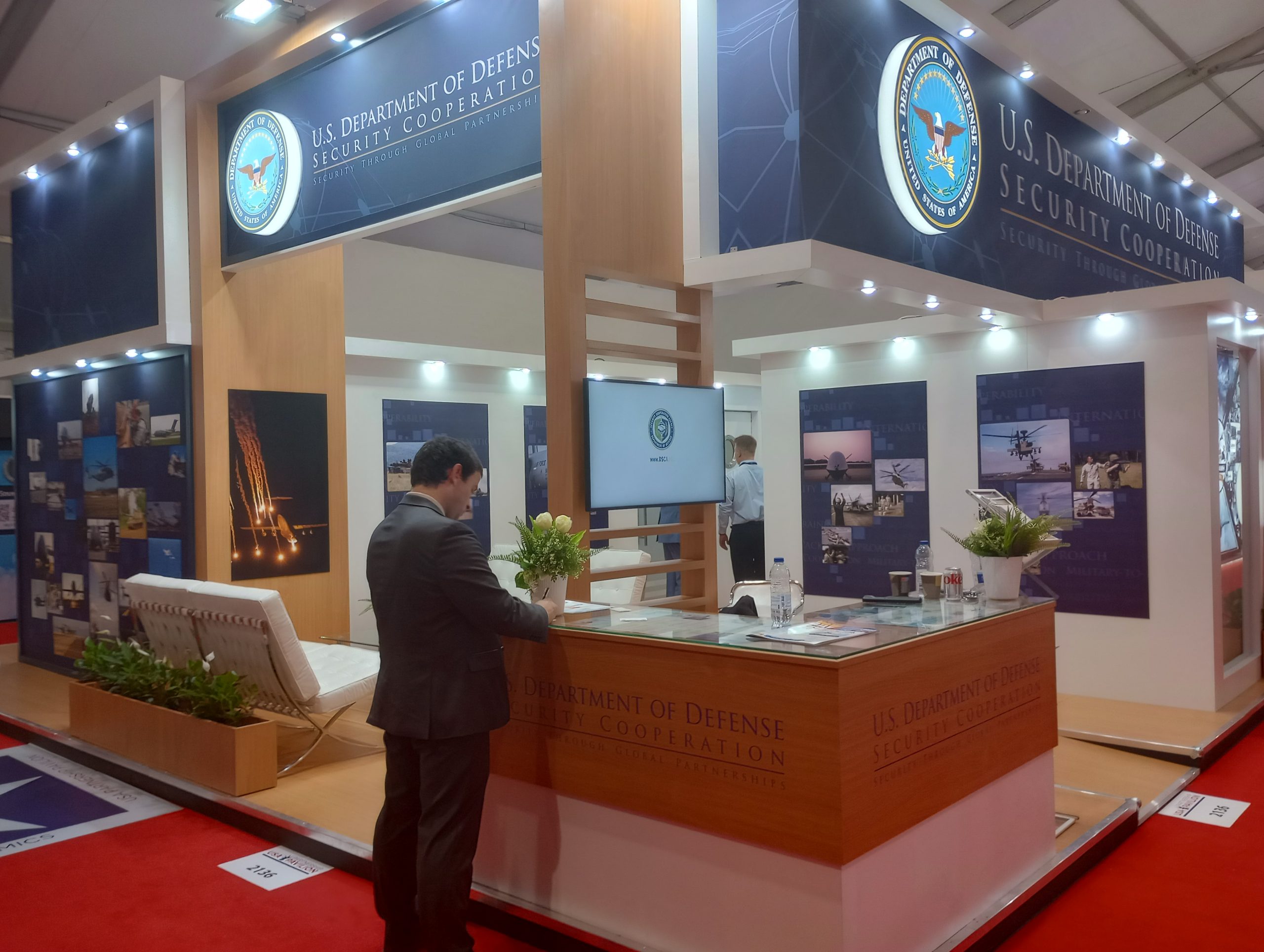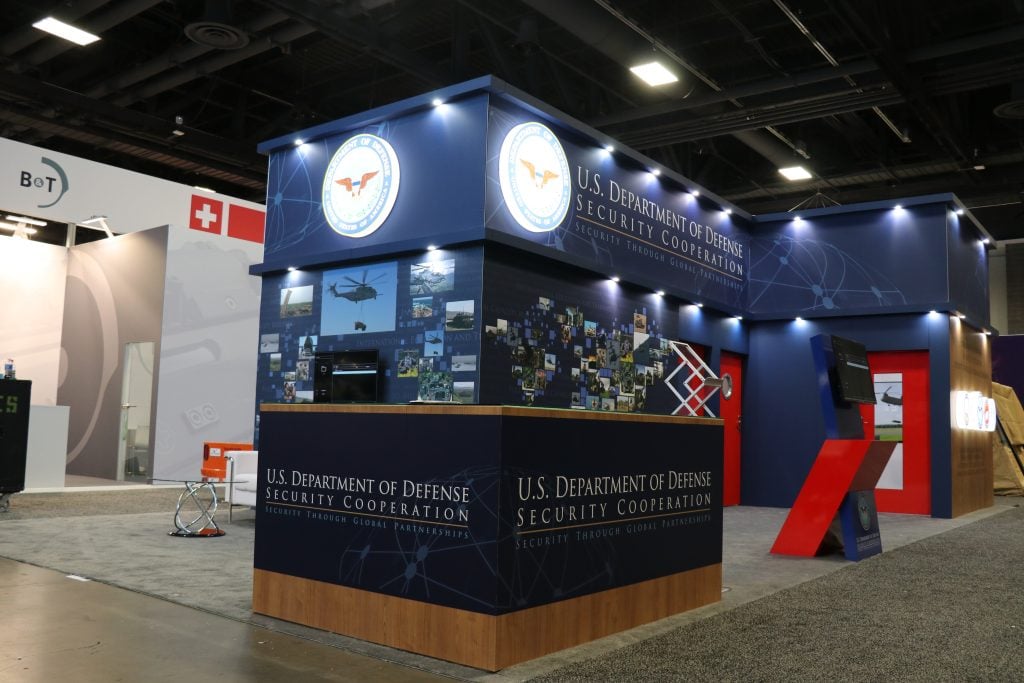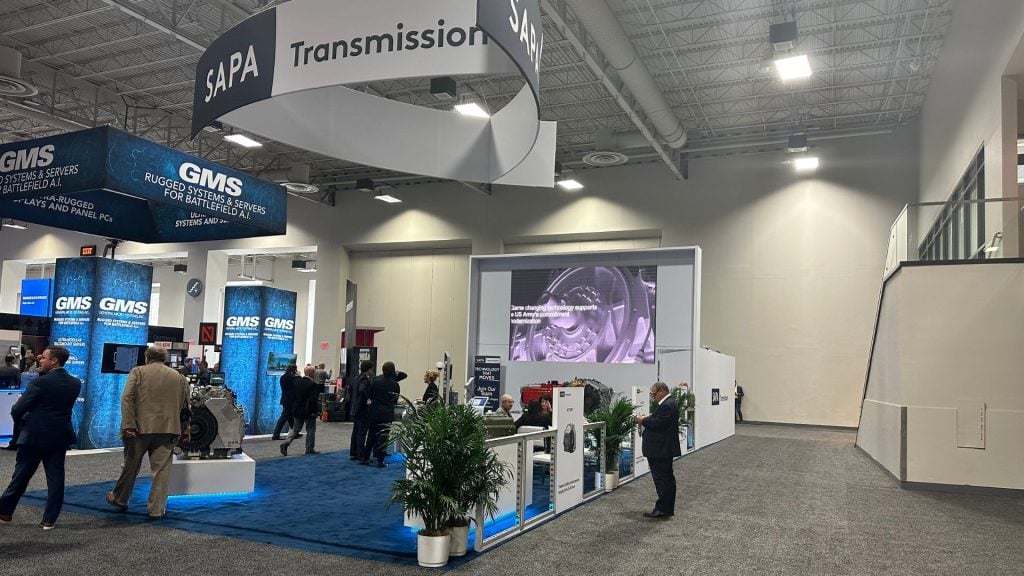
Introduction
Effective communication is the backbone of any successful trade show or event. Whether you’re dealing with vendors, team members, or clients, clear collaboration is critical to executing a seamless experience. Yet, communication breakdowns are common, especially in fast-paced environments like trade shows, where multiple teams, tight deadlines, and real-time decisions can create confusion. Addressing these issues head-on ensures smooth operations and strengthens relationships.
Here’s how to resolve communication breakdowns and foster a culture of clear, effective collaboration during your next trade show.
1. Establish a Centralized Communication Hub
One of the most common causes of communication breakdowns is having too many channels of communication. When team members are receiving messages through emails, text messages, phone calls, and project management tools simultaneously, important details can be easily lost.
- Centralize Communication: Choose a single platform, like Slack, Trello, or Microsoft Teams, where all communication can take place. This reduces confusion and ensures everyone is on the same page.
- Use Designated Channels: Within your chosen platform, create designated channels for different aspects of the event (e.g., logistics, design, client updates, tech issues) so team members know where to go for specific information.
- Keep It Accessible: Ensure the communication platform is accessible to everyone involved, including external partners and vendors, to avoid fragmented conversations.
Centralizing communication keeps everyone aligned and reduces the chances of information getting lost in the chaos.
2. Define Roles and Responsibilities Early On
Another key factor in communication breakdowns is unclear roles. When team members aren’t sure who is responsible for certain tasks, they may reach out to the wrong person, causing delays and miscommunication.
- Assign Clear Roles: Clearly define the roles and responsibilities of each team member before the event begins. Make sure that everyone knows who is accountable for each aspect of the trade show.
- Create a Contact List: Provide a contact sheet with roles, phone numbers, and email addresses, so team members know exactly who to contact for specific issues.
- Appoint a Communication Lead: Designate one person to be the communication lead or project manager. This person will coordinate updates, track changes, and ensure that all team members are informed and in sync.
Defining roles helps avoid confusion and ensures that everyone knows who to turn to when challenges arise.
3. Hold Regular Pre-Show Meetings
Before the event, it’s essential to hold regular check-in meetings to ensure that the team is on track and that everyone understands their responsibilities.
- Create a Pre-Show Schedule: Set up daily or weekly meetings leading up to the event to discuss progress, address concerns, and clarify tasks.
- Include All Stakeholders: Invite all stakeholders, including clients, vendors, and team members, to ensure everyone is aligned with the event’s goals.
- Encourage Open Communication: Make it clear that these meetings are a safe space for team members to voice concerns or ask questions. Encouraging transparency helps uncover any potential issues early on.
These meetings ensure that your team remains on track and that any issues can be addressed before they escalate.
4. Implement Real-Time Updates During the Show
During the event, communication breakdowns can happen quickly as the pace picks up and real-time decisions need to be made. Having a system in place for live updates is crucial to staying organized.
- Use Live Collaboration Tools: Tools like WhatsApp groups or real-time messaging apps allow team members to stay in constant communication during the event. For example, if a vendor is running late or an AV issue arises, the team can be informed instantly.
- Assign Runners: If internet connectivity is unreliable, assign team members as “runners” who can physically relay important messages to different parts of the exhibit space.
- Track Progress: Use project management software to track the status of different tasks, allowing everyone to see progress in real-time. This prevents duplication of efforts and ensures everyone knows what still needs to be done.
Real-time updates keep everyone informed and help your team stay agile in responding to challenges as they arise.
5. Encourage Active Listening and Feedback
A key part of effective communication is active listening. When team members feel unheard or misunderstood, communication breakdowns can occur, leading to mistakes and frustration.
- Encourage Active Listening: Train your team to practice active listening by fully focusing on the speaker, asking clarifying questions, and summarizing key points before moving forward. This ensures that important details aren’t missed.
- Request Feedback: Foster a culture of feedback, where team members are encouraged to provide input and suggestions. If someone is unclear about an instruction or process, they should feel comfortable asking for clarification.
- Clarify Expectations: Ensure that all instructions are clear and concise. Avoid using jargon or vague language that could be misinterpreted, especially with external partners or vendors.
Active listening and a feedback culture help to prevent misunderstandings and ensure that everyone is on the same page.
6. Create a Crisis Communication Plan
No matter how well you plan, unexpected issues are bound to happen. Having a crisis communication plan ensures that your team can handle emergencies without letting communication break down.
- Designate a Crisis Team: Identify key individuals who will be responsible for handling emergencies or crises during the event. This team should have a clear plan for how to respond to different situations, such as tech failures, shipping delays, or client concerns.
- Create a Decision-Making Chain: Establish a clear hierarchy for decision-making in crisis situations, so there’s no confusion about who has the authority to make quick calls.
- Set Up Emergency Channels: Use dedicated communication channels for crisis situations to avoid clogging up your regular communication threads. This ensures that important updates aren’t missed.
A crisis communication plan ensures your team can quickly respond to unexpected challenges without letting communication break down.
7. Conduct Post-Show Debriefs
After the event, hold a debrief session to review communication successes and breakdowns. This is an important step in improving your communication strategies for future events.
- Identify Issues: Ask team members to share any communication challenges they encountered during the event. Was there confusion around responsibilities? Were instructions unclear at any point?
- Celebrate Wins: Highlight instances where communication worked well and led to positive outcomes. Recognizing these moments encourages the team to continue practicing effective collaboration.
- Plan for Improvements: Use feedback from the debrief session to refine your communication strategies for future events. This might include adjusting your communication platforms, altering meeting frequencies, or redefining roles.
Post-show debriefs provide an opportunity to continuously improve your communication processes and prevent future breakdowns.
Conclusion: Communication is Key to Trade Show Success
Clear and effective communication is essential to executing a successful trade show. By centralizing communication, defining roles, holding regular check-ins, and preparing for crises, you can avoid common communication breakdowns and keep your team in sync. Implementing these strategies will not only improve the efficiency of your exhibit but also strengthen your relationships with vendors, clients, and team members.


 Global
Global Europe
Europe

